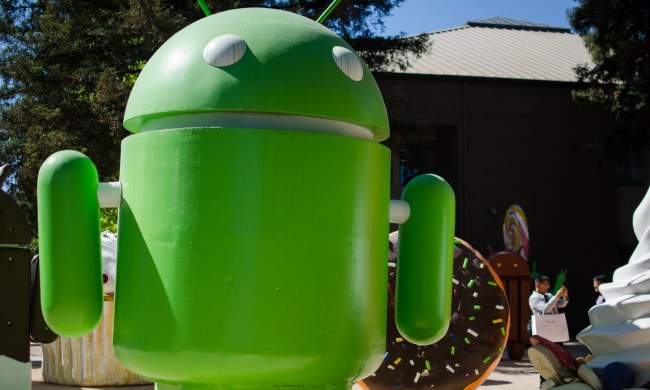The days of busting out a paper map while on the go are mostly over, which means that people are much less likely to be found wandering cluelessly around new cities now that they have a phone with Google Maps in their pocket. Google Maps is a fantastic way of quickly and easily orientating yourself in unfamiliar areas. But that speed and ease can be quickly harpooned when Google Maps isn’t correctly showing you which way you’re facing. Or is it? I don’t know, I’m surrounded by buildings and I can’t see a street sign — oh, come on!
Calm down, take a breath. Recalibrating your compass on Google Maps might sound difficult, but it isn’t, and it doesn’t involve going into any settings menus, using any strange commands, or changing anything on your phone. At worst, you might look a little silly or drop your phone. Here’s how to quickly calibrate the Google Maps compass.
Quick calibration — it’s all in the wrist
Google updated the direction indicator way back in the heady days of 2016, changing it from a simple arrow to an indicator that looks more like a flashlight “guiding your travels”. The beam of the flashlight narrows if the phone is sure of where you’re looking, and conversely widens if it’s not so sure — hence the confusion of your current direction. If it’s really wide, that generally means your magnometer sensor needs calibrating, and since the magnometer inside the phone is prone to interference from chargers, metal objects, and even other magnometers, it’s worth doing a calibration every now and again to keep it up to speed.
But enough bellyaching — how is it done already? The process is simple, and it’s exactly the same for both iOS and Android users — repeatedly wave your device around in a figure-of-eight motion until your direction narrows down.

Once you’ve completed a couple of these motions, your “flashlight” should have narrowed down, and should accurately respond to your movements better. Be careful while you’re waving your phone around, and make sure that your phone doesn’t come flying out of your hand. While that may still help your positioning, it won’t do your phone much good if it ends up with a broken screen.
Accurately calibrating your Google Maps is only the start of the fun you can have with the world’s biggest navigation app. We’ve collated some of the best tips and tricks in our guide on Google Maps, so make sure you check that out to get the full low-down, or if you’re really not satisfied with what Google Maps is offering you, then check out some of the best navigation apps for iOS and Android.


